Differences 2G, 3G and 4G: What is the difference between networks?
Due to the fact that on the territory of Ukraine and other nearby countries, more and more operators began to offer 3G-Internet, it would be useful to consider the main differences in 2G, 3G and 4G.
After all, for the majority, to great regret, it is just a dry digit. It is clear that 3G is better than 2G - the number is more.
Actually, on this knowledge of most modern users and end. They fly to the shops to buy a new SIM card for their smartphone with 3G or call the operators with questions about how to connect this 3G.
But it would be better to understand that this is generally for technology and whether it is always better to go to 3G with 2G, as well as what 4G can offer.
It will be interesting!
1. Introduction
2G, 3G and 4G - deciphered as "second generation", "third generation" and "fourth generation", respectively.
The letter G in this case is decrypted as "generation", which is translated as "generation".
All this are sets of communication standards. Each generation is a set of standards intended for phones and other multimedia devices. They develop in parallel with these devices.
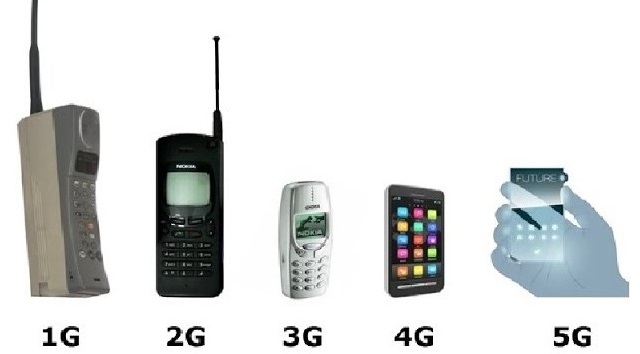
When the phones began to support text messages, and then the Internet, the standards also started providing these functions.
To date, these standards work not only for phones, but for tablets, and other devices in which you can insert a SIM card.
This is if in common, but now let's turn to the one of these generations and differences.
2. 2G.
Basic information on this generation of communication standards:
- maximum data transfer rate - 10 kb / s;
- developed in the 90s of the last century;
- the most common standards are GSM, D-AMPS and IS-95, which over time there is a larger CDMA today;
- the main purpose is to support voice communication, although the Internet is also present here.
And now in more detail about what is 2G.
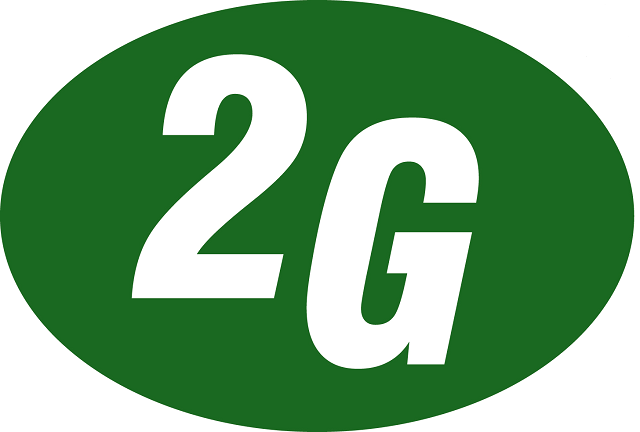
Fig. №2. 2G.
- a little of the story
After the generation of 1G morally outlived itself, 2G appeared on the light. The very first generation was calculated solely on voice communication.
In principle, 2G has not changed so much, it's just that the most voice communication has become more advanced - the sound is better and clean, improved safety, less influence of interference and so on.
But at that time and these changes were simply revolutionary! Everyone could unhindered to communicate with his friend from a very distant point of the globe, and the sound quality was very good.

Actually, there is nothing more about this generation - the set of standards has long been outdated, although at that time he was something revolutionary.
- Capabilities
For this, relevant standards have been developed. New "half-fastening" began to leave (there was another 2.5G, 2.75G and so on, although something, why make such a classification, and to this day remains a mystery).
But the principle of this generation was similar to the work of a modem with the Internet, which worked through telephone networks.
At the same time be on the Internet, and it was impossible to make a call with any of the standards. And, nevertheless, humanity is still one step closer to the dream, which was called 3G.
3. 3G.
Basic information about this generation:
- the most famous standards are UMTS and CDMA200;
- communication speed - 3 MB / s;
- support for high-speed data transfer with all the consequences arising from here;
- it gives the opportunity that before that was simply from the field of fiction.
3G generation has become the most real breakthrough, because it gave people what they wanted.
Now any user can watch videos with YouTube, even television channels, download anything and communicate with Skype friends only by connecting to the Internet 3G. This has become a real breakthrough.
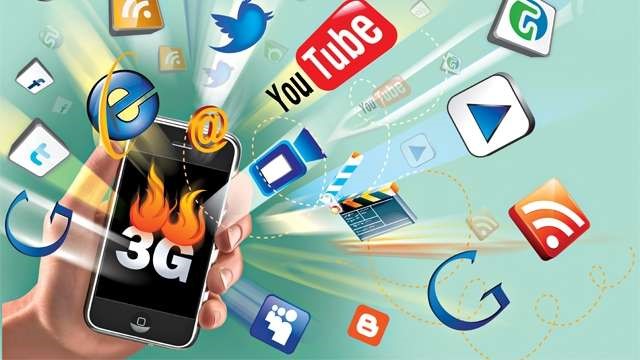
To date, most mobile operators offer their customers starting packets or tariffs with 3G.
For the work of this generation standards, special towers are needed, which are now actively put on the territory of Ukraine.
True, being at some distance from one of these steps, the client does not see a good Internet. And this is not the only drawback of 3G, but about everything in order.
- in more detail about the possibilities of 3G
So, for some 3G it works as fast as the Internet from a regular router.
Although, if we talk about Ukraine, then the speed of 3 MB / s is just ridiculous. But it allows you to view the video online and perform many other operations.
Among all the features of this generation, the following should be noted:
- Multimedia messaging. So in the usual e-mail you can add a video, some "heavy" picture or something else.
- Downloading a variety of content. It may be the same films, music or even games for several GB.
- Conducting video conferencing. With a generation of 2G, it was possible only to dream about communications with someone on Skype or another messenger. But 3G makes it possible to speak simultaneously with several friends from different points of the globe.
- Getting streaming information. It can be the same online television or a constant update of some information, for example, currency exchange rates, quotes on the stock exchange and the like.
- Full use of online games. With 3G you can safely play your favorite WOT or other similar game.
- Using navigation or simply satellite data - With 3G, even the usual Google Maps work many times smoking.
- Using remote control programs. For their work, you need high-speed Internet and 3G gives such an opportunity. By the way, TeamViewer can be considered the most famous of such programs (so that it is clear what it is about).
In general, if earlier about such opportunities it was possible only to dream and they were only available with connecting through a router, now all this has become available through the usual Internet from the mobile operator.
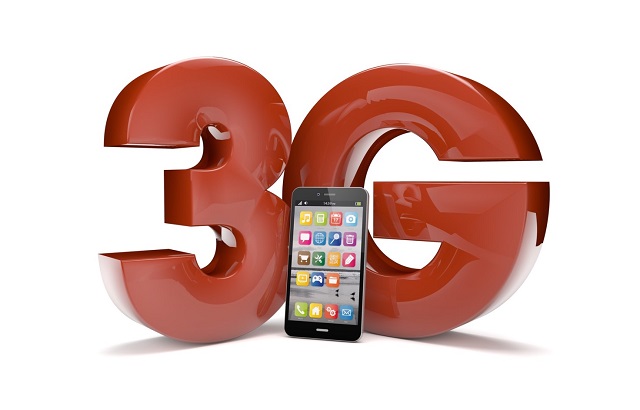
Fig. №5. 3G.
- Differences 2G from 3G
Of course, 3G is much faster (3 MB / sec against 10 kb / s), smarter, more efficient, functional and so on.
But the main differences of this set of standards from 2G are as follows:
- 2G, first of all, provides voice communication, and 3G is a multifunctional family of standards capable of providing all the possibilities of the usual Internet.
- These are completely different standards, although, of course, standards out of 3G somehow take their beginning in 2G standards. But in most cases, the old standards are not used in 3G.
- In 3G, higher efficiency of using channels for which information is being transferred. Hence increasing bandwidth and, accordingly, data transfer rates.
- Higher reliability of transmitting the same SMS messages compared to 2G.
It would seem that everything is very good and 3G is just the incarnation of modern technologies in every home. But there is this generation and its shortcomings.
- Not so simple
The disadvantages of 3G and the advantages of 2G include the following:
- Coating dependence. As mentioned above, if it is far from a 3G tower, or in general where the network is bad, you can forget about the Internet. In the case of 2G, the Internet was available everywhere, where a network was a little available.
- When overloading the 3G network simply rolls. If it is interesting, then this effect is caused by the so-called "breathing of cells", which reduces the quality of communication when the cell is overloaded.
- The complexity of adjustment. If you have troubleshooting, specialists need to correct the problem as soon as possible, and it is almost always very difficult.
In general, experts say that 2G and 3G will still calmly coexist together as two brothers.
When the network coverage is sufficient, 3G will work, and otherwise it will come into force to all of us 2G. But now there was a completely new technology, 4G.
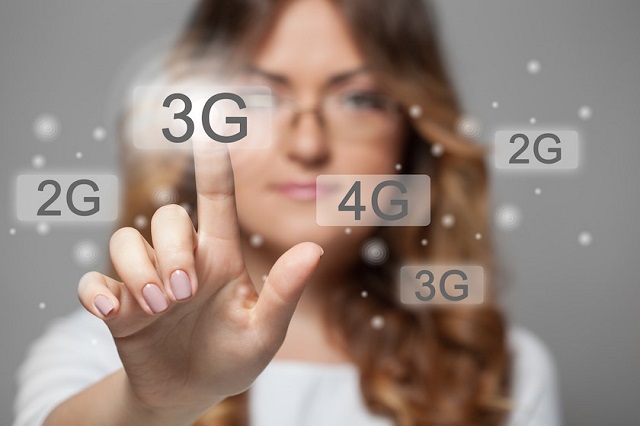
If you compare all these standards with brothers, then 4G will be somehow popping. This brother younger than everyone, but all relatives do not know what to expect from him.
At least, this situation is now in the market now: someone says that 4G is great, and someone prove to all that it is just a deception and advertising trick. Wonder!
4. 4G.
Basic information:
- the most famous standards - LTE and WiMAX (although disputes about whether it is worth at all these standards for this generation are still being conducted);
- based on the requirements, the standards should provide a speed of 1 GB / s for a conventional connection and 100 MB / s for mobile;
- more economical technology, if you take the cost and zone of the coating of one tower 4G and the same data for 3G, and even more than 2G.
But, again, not everything is so simple, as it seems at first glance.
- Some information for reflection
Yes, there are standards that would have to provide the above-mentioned connection speed, but in practice everything turns out quite differently.
These requirements are very tough and their use will be too expensive. Therefore, today no company in the world has provided a full 4G.
In practice, the LTE standard issues 4-30 MB / s, and WiMAX is about 40 MB / s. It is very far from the claimed 100 MB / s and 1 GB / s.
Moreover, experts converge that companies that will make a full 4G will appear very soon.
Therefore, so far it is better to focus on combining 3G and 2G - the old but tested by Tandem, which in Ukraine, besides, came very recently.
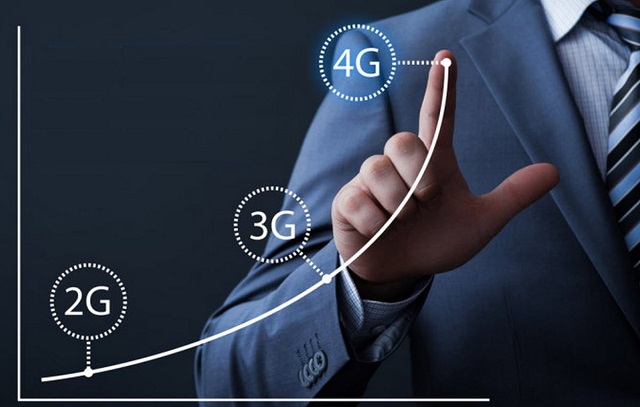
- Capabilities
If we talk about 4G capabilities, then their list will be exactly the same as in 3G, only everything will happen more quickly.
So movies and videos will be loaded faster, the information is to be updated more often, and the video conferencing will take place without failures.
Of course, thanks to this, it is possible to somewhat expand these opportunities.
So in the same conference now more people can participate. The user will be able to watch several videos at the same time and at the same time rewrite in ten messenger. Yes, 4G it allows.
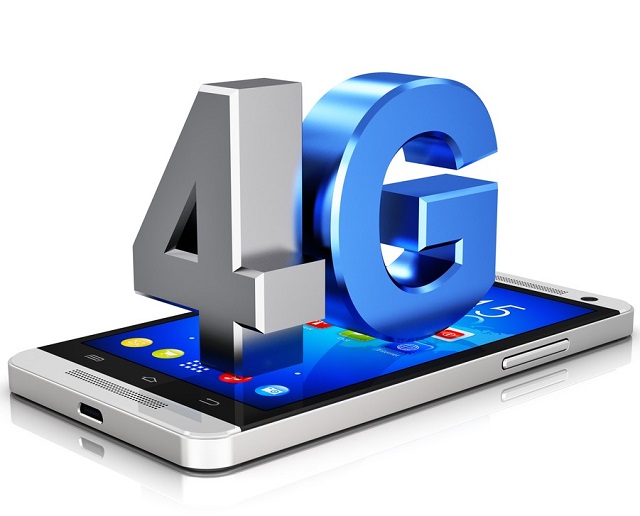
Fig. №8. 4G.
- Differences 4G from 3G
The main differences of these generations are as follows:
- Speed. The main difference, of course, in speed. Manufacturers claim that 4g at least 10 times faster than 3G. And this is true, but as we talked above, initially it was expected at times more.
- Completely other standards, which, by the way, is really incomprehensible, can it be generally attributed to this family (if we talk about 4G).
Otherwise, everything is very similar - the same frequency range, the same functions, but other technologies.
Interestingly, in most cases, where they declare a full use of 4G, the devices switch to 3G to make a voice call.
In fact, 4G is fully implemented only in some countries, for example, in South Korea, where Volte technology uses. And the reason for this is the very low popularity of this generation.
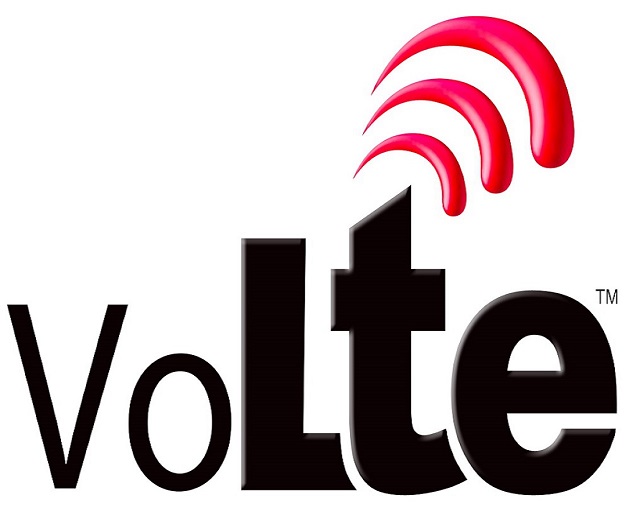
In turn, the causes of low 4G popularity can be reduced to such factors:
- devices working with this generation are very expensive and quickly discharged;
- after 3G, too little time passed and users are still not ready for 4G;
- investors support 4G project very little (in principle, this is due to the first two points of this list).
If we summarize the foregoing, it can be said that the differences between 2G, 3G and 4G are in the speed of data transfer and the set of available capabilities.
Visually difference in speed can be seen in the roller below.
 Service "Prohibition of Calls" from MegaFon
Service "Prohibition of Calls" from MegaFon Tele Support Service2: Free Phone
Tele Support Service2: Free Phone How to connect bluetooth headphones to a computer?
How to connect bluetooth headphones to a computer?